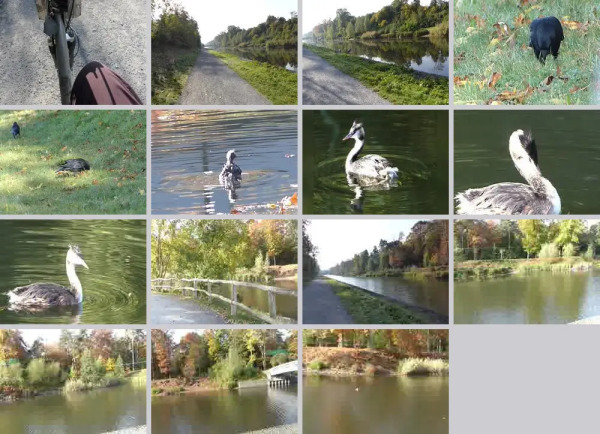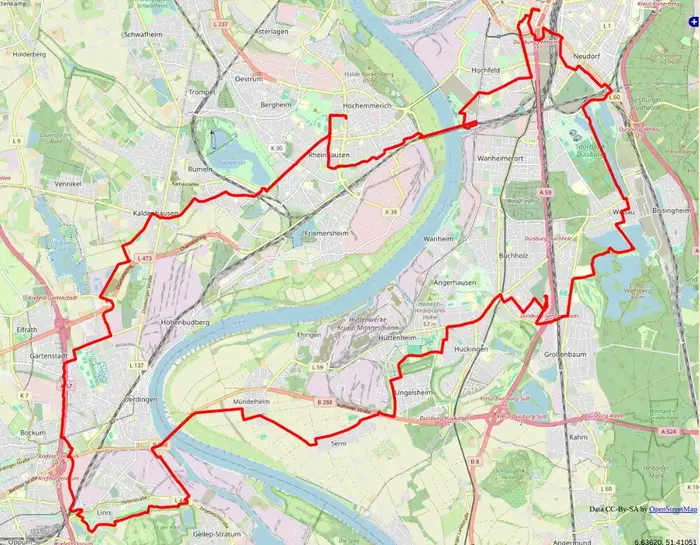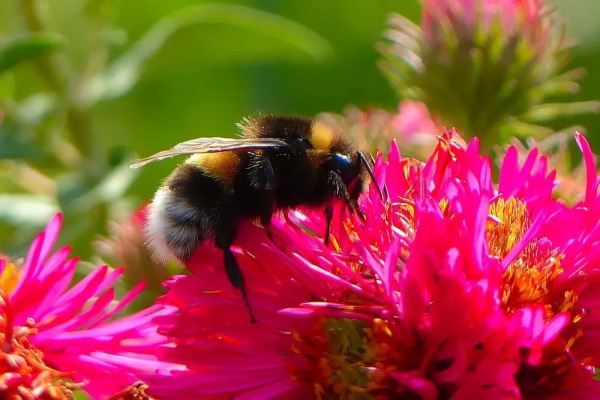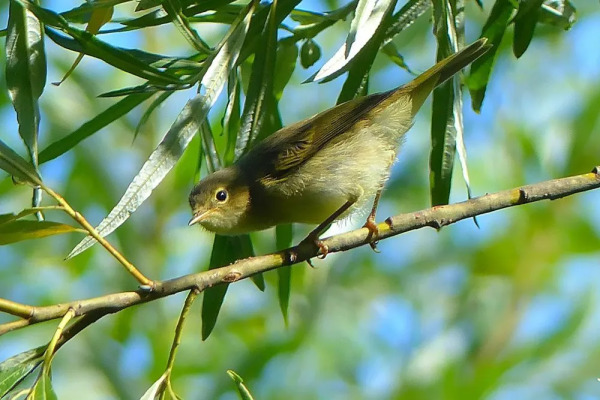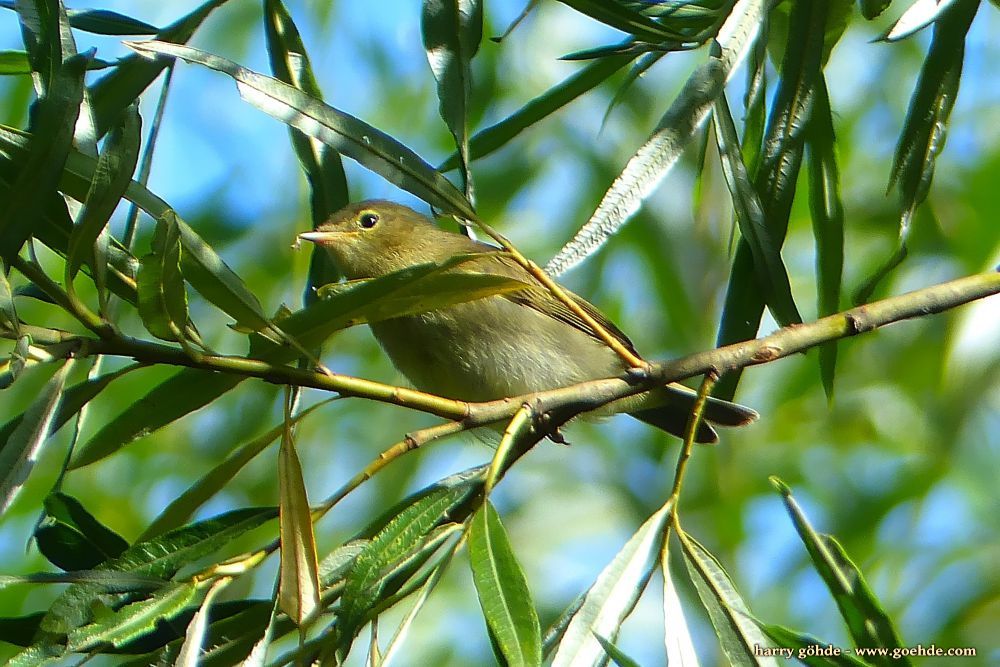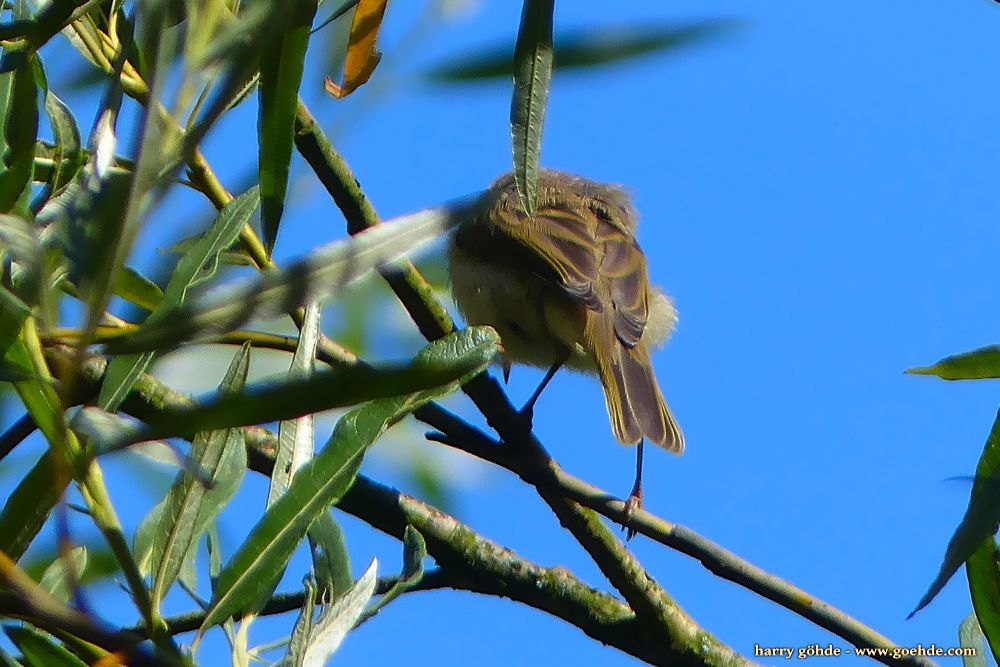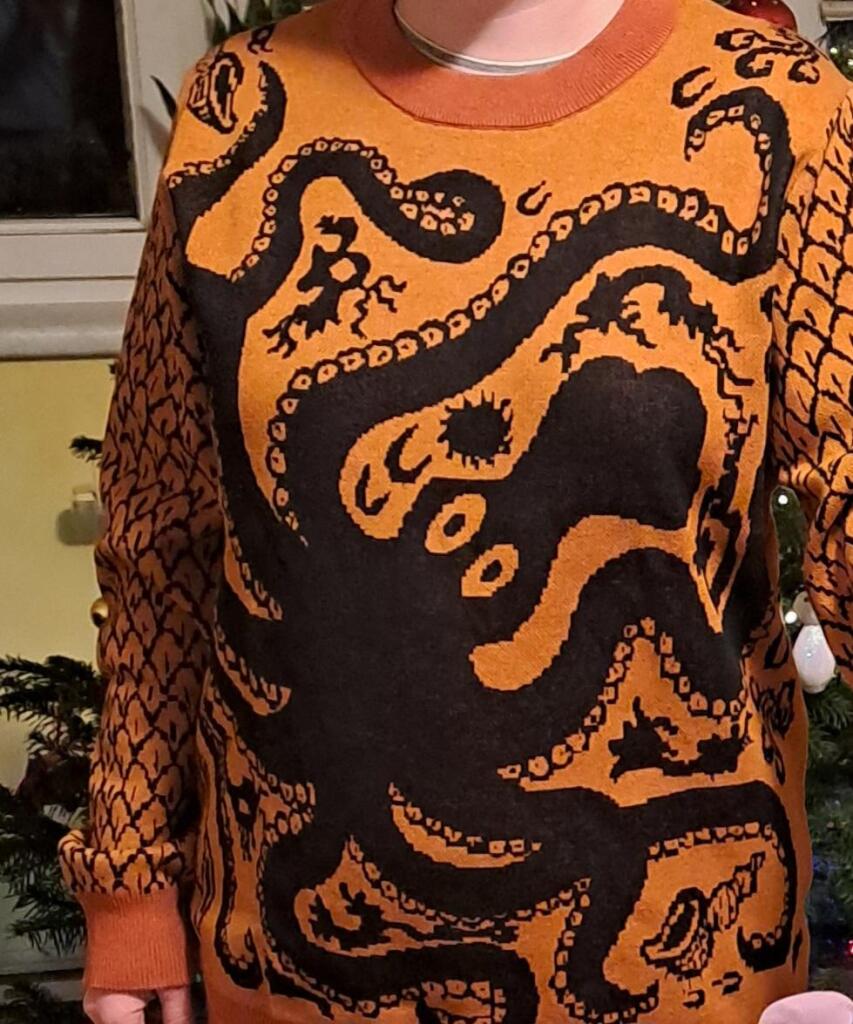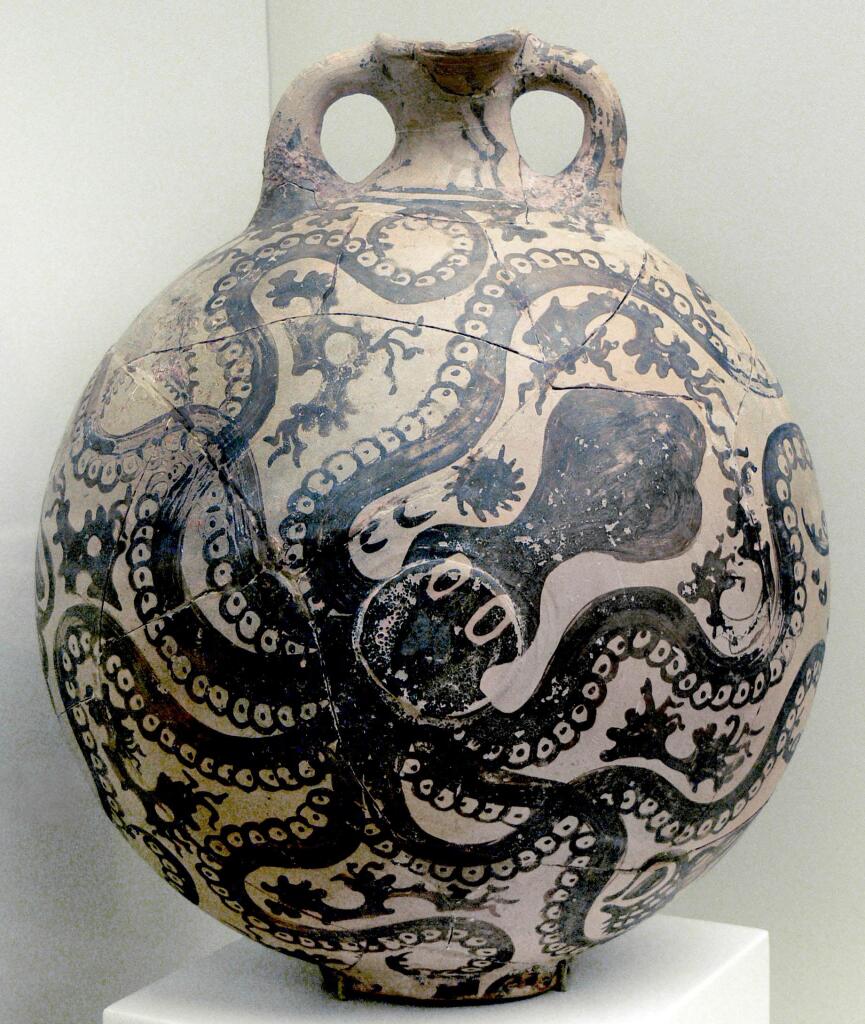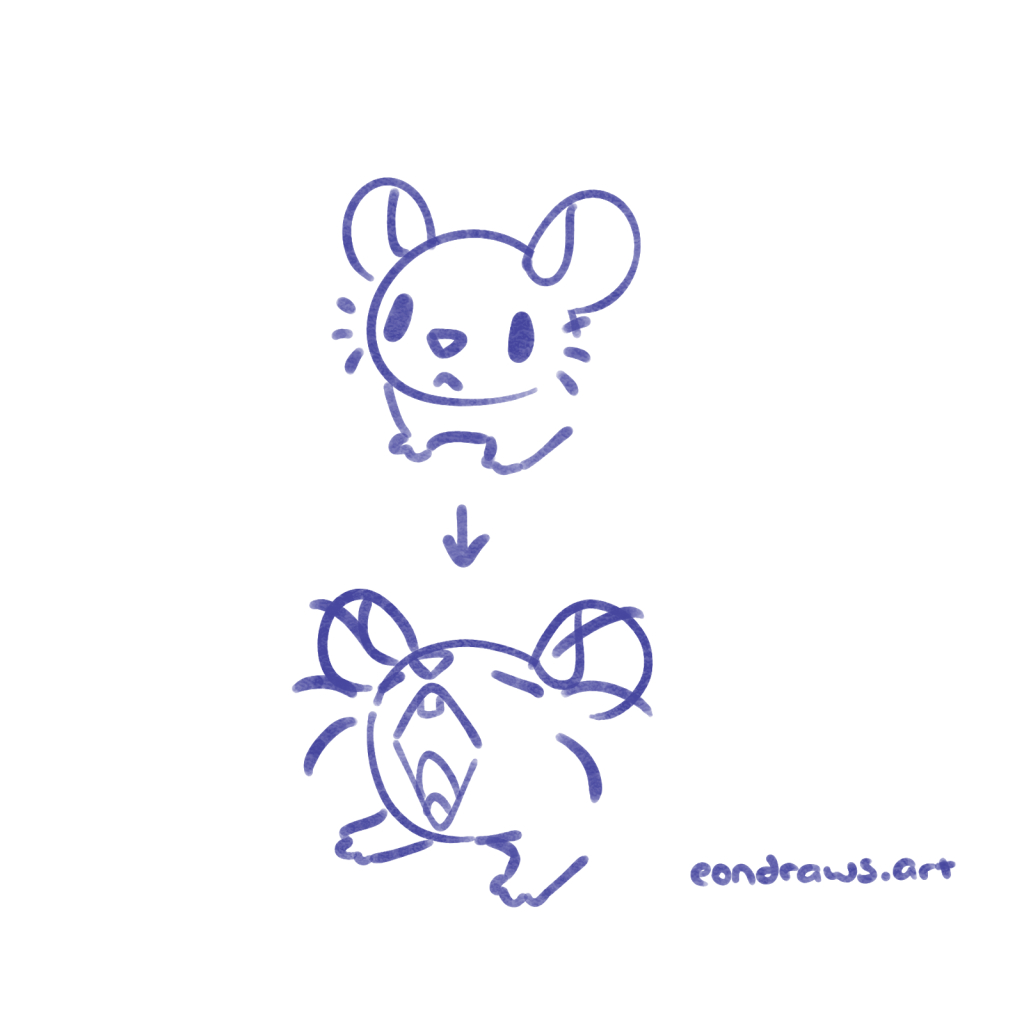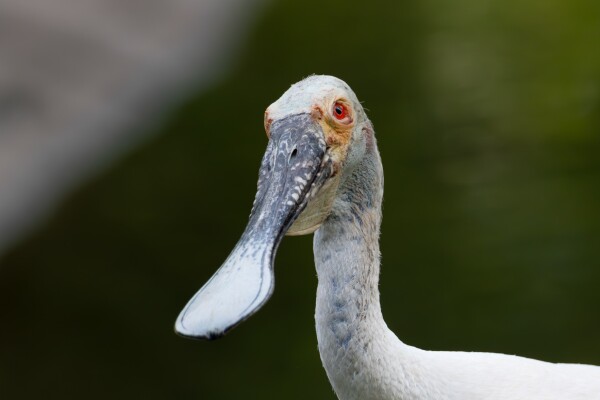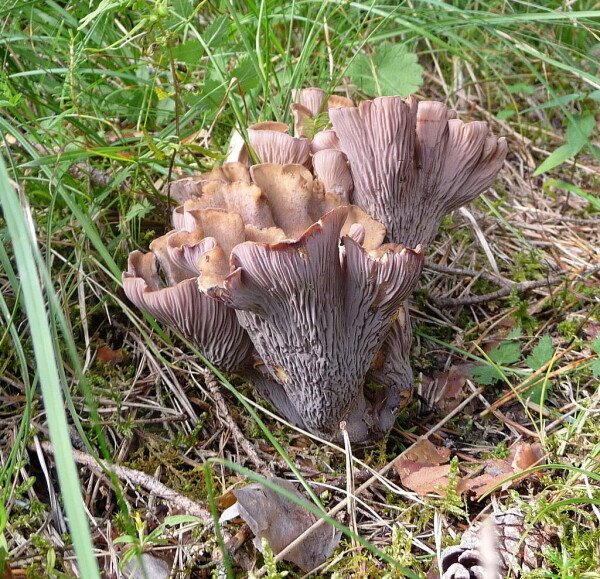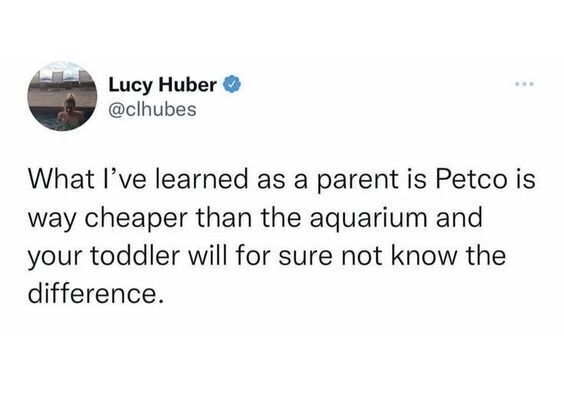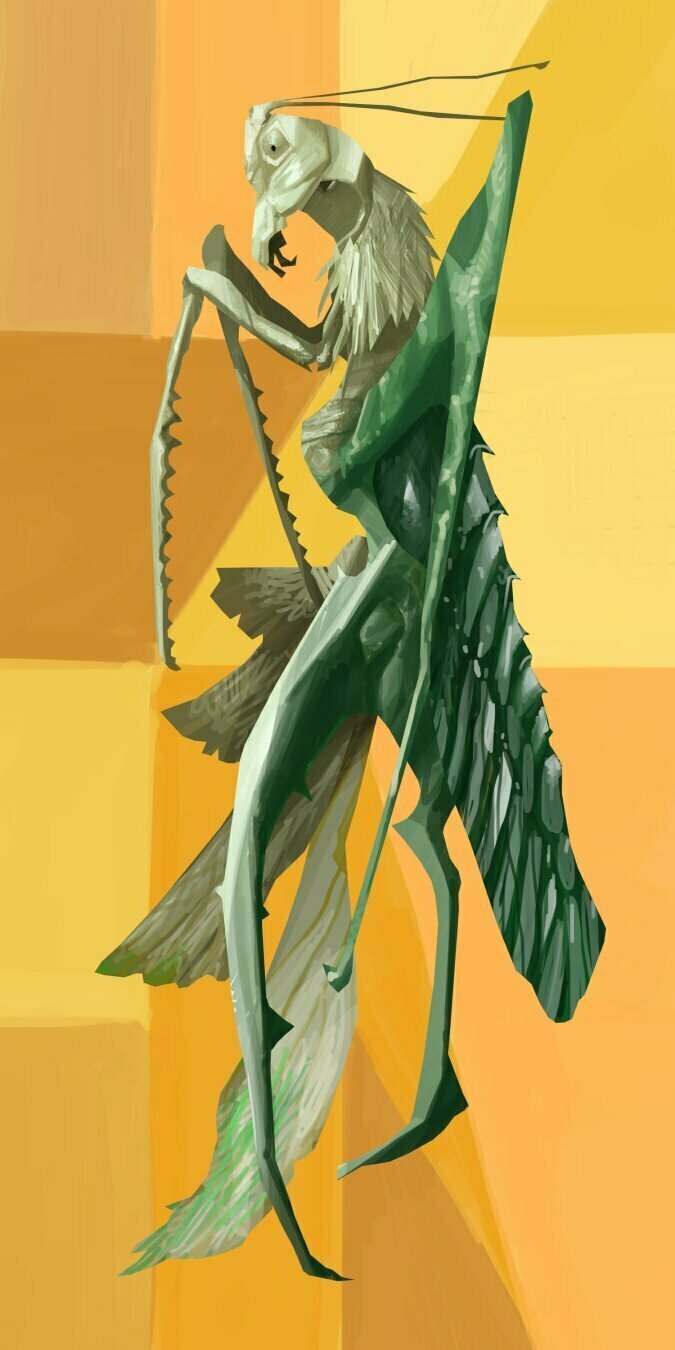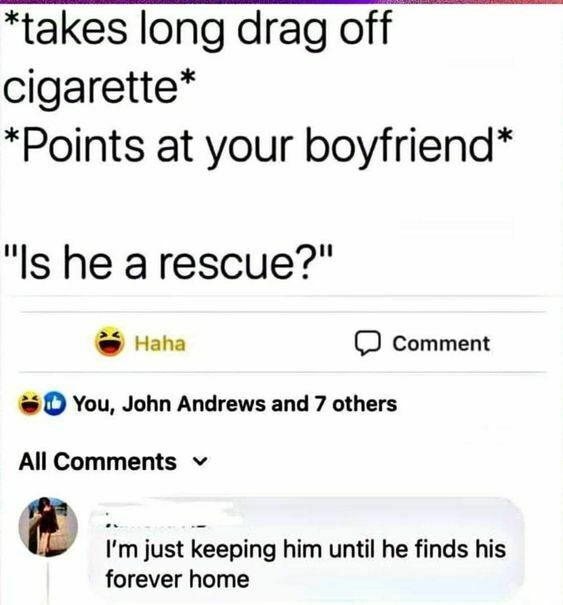Search
Items tagged with: animals
2017-10-19 Fahrradtour / Bicycle Trip
Zwischen Regattabahn und Parallelkanal in Wedau (Duisburg)
#tiere #vögel #rabenvögel #haubentaucher #reiher #natur #wedau #regattabahn #ruhrgebiet #photography #video #slideshow #DuisburgSüd #duisburg #digital #animals #birds #corvids #GreatCrestedGrebe #GreyHerons #nature #foto #fotografie #photo #slide #fahrrad #bicyle #velo #bicycles #radfahren #cycling
Im Stadtpark Uerdingen
23.September 2017
mastodon: Bienen, Hummeln und rote Astern / Bees Bumblebees and Red Asters
#hummeln #natur #blumen #astern #video #bienen #uerdingen #krefeld #niederrhein #StadtparkUerdingen #animals #protostome #arthropod #insects #pterygota #neoptera #hymenoptera #bees #bumblebees #nature #flowers #asters
Bienen, Hummeln und rote Astern
Bees Bumblebees and Red Asters
23. September 2017
Im Stadtpark Uerdingen (Krefeld) -> https://www.goehde.com/fotos/index.php?/category/533387
#Bienen #hummeln #natur #blumen #astern #video #uerdingen #krefeld #niederrhein #StadtparkUerdingen #animals #protostome #arthropod #insects #pterygota #neoptera #hymenoptera #bees #bumblebees #nature #flowers #asters
Zilpzalp auf Zweig / Chiffchaff on Twig
am Schwafheimer Meer, einem Naturschutzgebiet an der Stadtgrenze zwischen Rumeln (Duisburg) und Schwafheim (Moers), 17. Juli 2017
#Vögel #Tiere #Zilpzalp #Niederrhein #SchwafheimerMeer #foto #photo #fotografie #photography #animals #birds #songbirds #chiffchaff
We Built This Wall for Birds — Here’s What Happened - https://videos.trom.tf/w/1ZAxy2K2xx6nD11dmA7rts
@Dima and Mara continue to do their great work of showcasing these amazing projects and people who do a lot of good work for animals, plants, nature, and us eventually.
Great job!
My Christmas gift 🥰🥰🥰 Minoan octopus sweater! Second image for reference of the original.
#image #archaeology #minoan #octopus #animals #Crete #ChristmasSweater
Got commissioned by @flaki to make an emoji pack based on the Merle Collie and they were kind enough to make this available for everyone to use for free! 8 of the 11 emojis are shown here (the other 3 are variations for the top row)
Head on over to my shop to get your set of cute pupper emotes:
https://ko-fi.com/pineaura/shop
#DigitalArt #VectorArt #Commission #Animals #Dogs #Emoji #Emotes #CreativeToots #ArtistsOnMastodon
i love it when rats yawn
#rat #rats #ratsOfMastodon #ratsOfFedi #ratsOfFediverse #ratsOfTheFediverse #ratArt #rodents #cute #cuteArt #fediArt #meme #petRat #petRats #animals
#photography #animals #birds #zoo
(photo: @kernpanik | license: CC BY-NC-SA 4.0)
In Hungary we have an online vote every year for Fungus of the Year.
The 2023 vote just concluded, and it seems like the 2023 Fungus of the Year will be the Gomphus clavatus (a.k.a. pig's ears).
It beat the citron amanita and the pine bolete.
(We also have votes for Mineral of the Year, Bird of the Year, Wildflower, Butterfly, Fish, Insect, etc. I live for these votes.)
#nature #animals #fungi
(Image from Wikimedia)
#digital #digitalart #digitalartwork #digitalillustration #digitalsketch #art #artwork #illustration #sketch #sketchbook #nature #insect #green #yellow #animals #creature #creaturedesign #grasshopper #scarab #moth #krita #digitalartist #artist #xernist
via Xernist@pixelfed.social
Xernist shared a post
-- witchbug -- made in #krita . #digital #digitalart #digitalartwork #digitalillustration #digitalsketch #art #artwork #illustration #sketch #sketchbook #nature #insect #green #yellow #animals #creature #creaturedesign #grasshopper #scarab #moth #di…pixelfed
